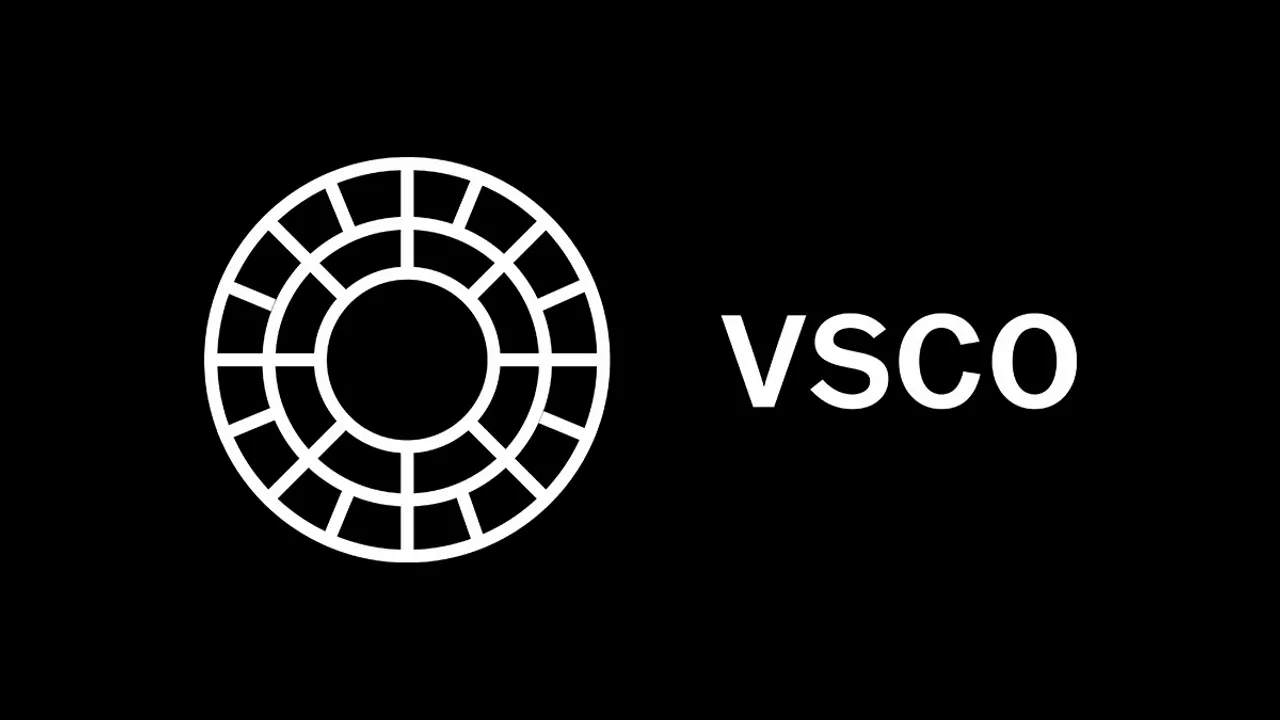At first, the app centered on elegant filters and editing tools, which became much more advanced and customizable over time. VSCO has also been offering film-style emulations for years the same kind of look that has helped make Fujifilm cameras so popular recently. The company also developed a dedicated community of photographers who share their edits widely, not only within the VSCO app but also on major platforms like Instagram.
Now the company is taking a predictable, yet possibly divisive, step by launching its first AI-driven photo editing tool. As its name implies, “Remove” allows you to eliminate unwanted objects from your photos while keeping the image at full resolution.
It Works A Lot Like Google’s Magic Eraser!
At first glance, it works a lot like Google’s Magic Eraser. You open a photo in the editor, highlight the area you want to take out, and VSCO automatically removes it and fills in the background with what it thinks fits best. I haven’t tested how well the tool works yet, but VSCO is using Black Forest Lab’s FLUX.1 Kontext model along with its own proprietary technology, which the company says is designed to produce results that look natural and realistic.

A quick look at Black Forest Lab and the FLUX.1 model shows that the tool seems well-suited for removing unwanted parts of an image and correctly filling in the remaining space, but we will need to see it in action to determine how well it actually performs.
VSCO Is Working On More Than One AI Editing Tool
Besides the new Remove feature, the company is also developing an Upscale tool that improves image resolution without changing the colors or layout. All of these tools will be part of a new section called AI Lab, showing that VSCO plans to keep expanding its AI features instead of releasing just one.
On one hand, it’s no surprise to see VSCO getting into AI-based editing, as it needs to stay competitive with the rest of the industry. However, the company has built its reputation on fostering a community of photographers who prioritize authenticity in their work, which naturally seems to clash with AI tools at least at first glance.





